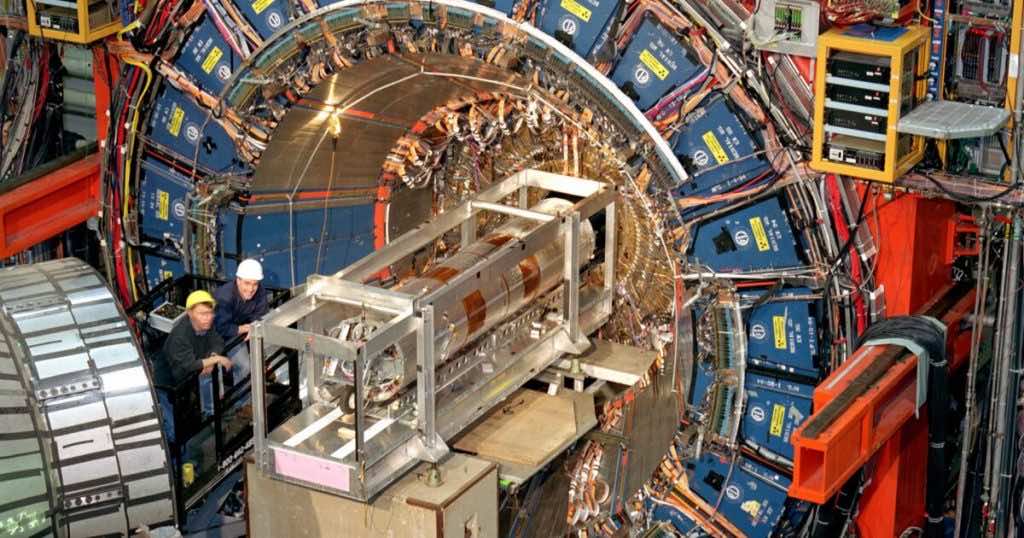The Standard Model of particle physics has explained the interactions of particles and most fundamental forces.
The mass of particles can be calculated through their relationships with other particles in the Standard Model, and this predicted mass can then be compared to actual measurements made in particle colliders, to test the internal consistency of the Standard Model.
W bosons are elementary particles that carry the weak force, mediating nuclear processes like those at work in the Sun. According to the Standard Model, their mass is linked to the masses of the Higgs boson and a subatomic particle called the top quark. In a new study, almost 400 scientists on the Collider Detector at Fermilab (CDF) collaboration spent a decade examining 4.2 million W boson candidates collected from 26 years of data at the Tevatron collider. From this treasure trove, the team was able to calculate the mass of the W boson to within 0.01 percent, making it twice as precise as the previous best measurement.
By their calculations, the W boson has a mass of 80,433.5 Mega-electronvolts (MeV), with an uncertainty of just 9.4 MeV on either side. The new value is off by a staggering seven standard deviations.
The W boson mass was also recently measured using data from the Large Hadron Collider, in a paper published in January. That team came to a value of 80,354 MeV (+/- 32 MeV), which is close to that given by the Standard Model.
“All these measurements claim to measure the same quantity,” said experimental physicist Martin Grünewald, in a report by Science. “Somebody must be, I will not say wrong, but maybe made a mistake or pushed the error evaluation too aggressively.”
The final measured value was hidden from the analyzers until those quality checks were completed.
“The number of improvements and extra checking that went into our result is enormous,” said Ashutosh Kotwal, lead author of the CDF analysis. “We considered our improved understanding of our particle detector as well as advances in the theoretical and experimental understanding of the W boson’s interactions with other particles. When we finally unveiled the result, we found that it differed from the Standard Model prediction.”
“It’s now up to the theoretical physics community and other experiments to follow up on this and shed light on this mystery,” said David Toback, CDF co-spokesperson. “If the difference between the experimental and expected value is due to some kind of new particle or subatomic interaction, which is one of the possibilities, there’s a good chance it’s something that could be discovered in future experiments.”
The research was published in the journal Science.

